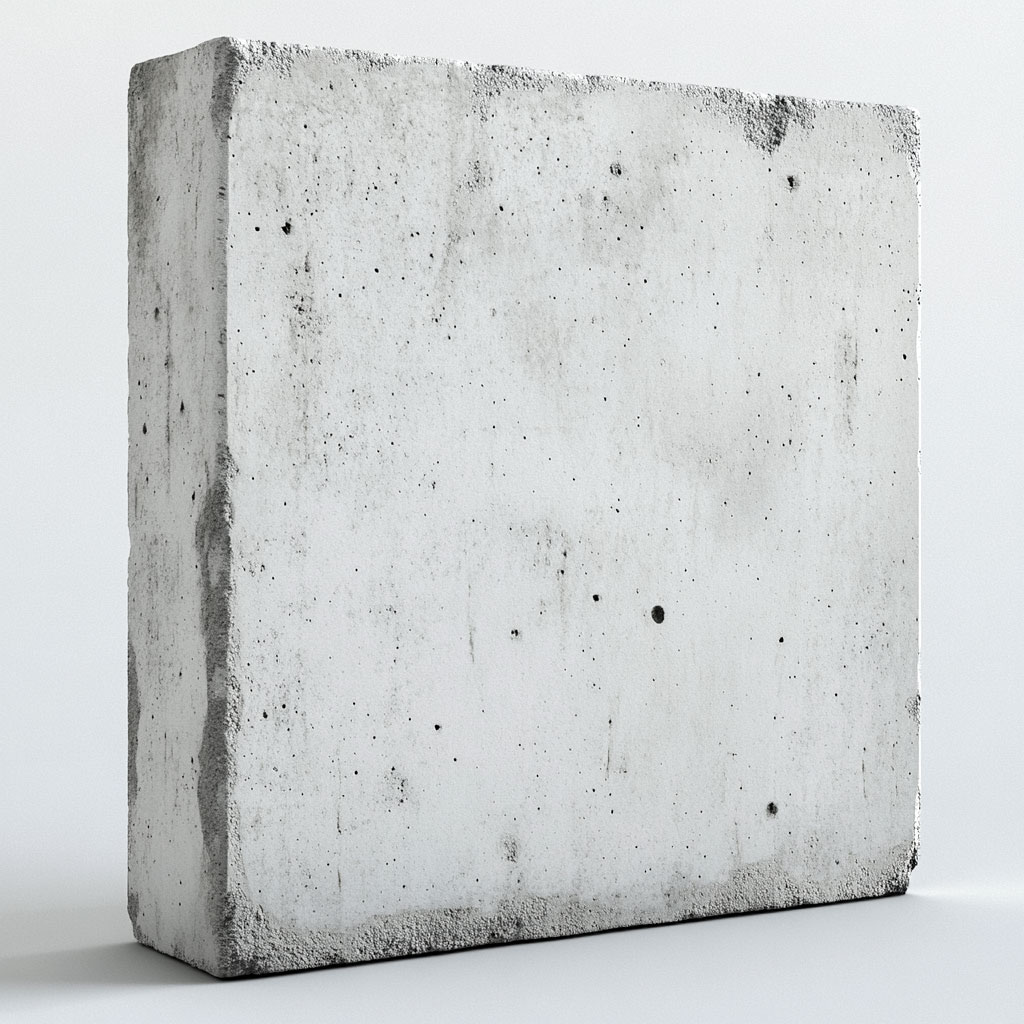Currently, the evaluation of concrete’s environmental impact focuses almost exclusively on its equivalent carbon footprint generated during manufacturing and placement. However, this approach overlooks a key factor: the material’s durability and service life.
CDM’s predictive service life modeling technology offers an innovative solution to address this challenge. Our models provide an accurate estimation of concrete’s service life—measured in years until the onset of corrosion—and integrate this data with CO₂-equivalent emissions calculations for each mix design. This enables truly informed decision-making by incorporating the time dimension, a fundamental aspect for achieving real and effective sustainability.
Why Is This So Important?
Because always selecting the concrete with the lowest “current” carbon footprint—without considering its durability—can lead to environmentally counterproductive decisions. A concrete mix with lower CO₂ emissions during production but a shorter service life will require more frequent repairs and replacements, ultimately leading to a much higher environmental impact over time. Conversely, choosing a mix with a slightly higher initial carbon footprint but significantly greater durability may be the best option to minimize total environmental impact over a structure’s lifecycle.
This long-term sustainability perspective—grounded in concrete data and advanced predictive models—is the key to building more resilient and environmentally responsible infrastructure. Integrating service life into environmental impact calculations not only enhances material management efficiency but also sets new industry standards for sustainable construction.
At CDM, we believe that true sustainability can only be achieved by considering both the present and the future. It’s time to rethink how we assess concrete’s environmental impact.
Are we ready to take the next step toward more sustainable construction?

